Humidex or other basement ventilation system?
The Metal Peddler
17 years ago
Featured Answer
Comments (31)
The Metal Peddler
17 years agolast modified: 9 years agoRelated Professionals
Coshocton General Contractors · Galveston General Contractors · Hanford General Contractors · Troutdale General Contractors · Valle Vista General Contractors · Hercules Interior Designers & Decorators · Bull Run Architects & Building Designers · Dublin Flooring Contractors · East Grand Rapids Flooring Contractors · Kansas City Flooring Contractors · Lombard Flooring Contractors · Menifee Flooring Contractors · Oakdale Flooring Contractors · Oxford Flooring Contractors · Waterbury Flooring ContractorsThe Metal Peddler
17 years agolast modified: 9 years agobill_ca-pa_com
16 years agolast modified: 9 years agoworthy
16 years agolast modified: 9 years agovernon_wing_bigfoot_com
15 years agolast modified: 9 years agojrheiks_yahoo_com
14 years agolast modified: 9 years agobus_driver
14 years agolast modified: 9 years agoelin2009
14 years agolast modified: 9 years agoworthy
14 years agolast modified: 9 years agogoofymildew
14 years agolast modified: 9 years agoworthy
14 years agolast modified: 9 years agogoofymildew
14 years agolast modified: 9 years agoolddawg
13 years agolast modified: 9 years agomudpie_accesscomm_ca
12 years agolast modified: 9 years agonewfiegirl58
12 years agolast modified: 9 years agoworthy
12 years agolast modified: 9 years agoRLD64
12 years agolast modified: 9 years agobrickeyee
12 years agolast modified: 9 years agomadmama
10 years agolast modified: 9 years agoBake11570
9 years agolast modified: 9 years agoMark-J
9 years agolast modified: 9 years agoGeorge Paicopoulos
8 years agogreendave79
8 years agogenesis51
8 years agosheammt
7 years agomalba2366
7 years agogenesis51
6 years agogenesis51
4 years agogenesis51
3 years agoharwich_house
last year
Related Stories

KITCHEN DESIGNHow to Choose the Right Hood Fan for Your Kitchen
Keep your kitchen clean and your home's air fresh by understanding all the options for ventilating via a hood fan
Full Story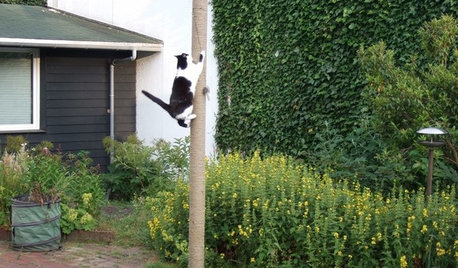
PETS15 Outdoor Pet Projects You'll Lap Up
These bubbling fountains, shelters and other creations by Houzzers are treats for pets and inspiration for other owners
Full Story
BARN HOMESHouzz Tour: An Energy-Efficient Barn Graces the Nebraska Landscape
Passive-house technologies and a rain-harvesting and greywater system conserve natural resources in this weekend country home
Full Story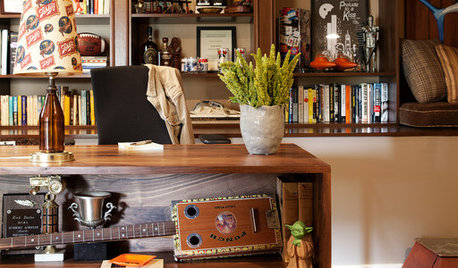
MAN SPACESA Los Angeles Basement Becomes a Cozy Man Cave
Raw storage space in a Hollywood writer's home is transformed into a masculine home office hybrid
Full Story
BASEMENTSDesign Workshop: Is It Time to Let Basements Become Extinct?
Costly and often unnecessary, basements may become obsolete — if they aren’t already. Here are responses to every reason to keep them around
Full Story
ARCHITECTURE15 Smart Design Choices for Cold Climates
Keep your home safe and comfortable in winter by choosing the right home features and systems
Full Story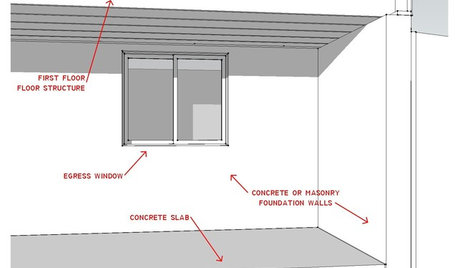
REMODELING GUIDESKnow Your House: The Steps in Finishing a Basement
Learn what it takes to finish a basement before you consider converting it into a playroom, office, guest room or gym
Full Story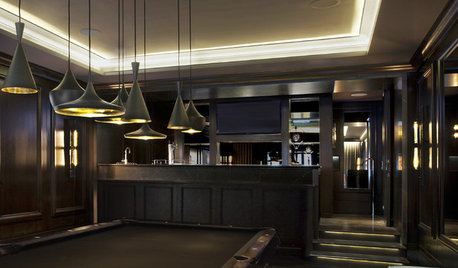
REMODELING GUIDESContractor Tips: Finish Your Basement the Right Way
Go underground for the great room your home has been missing. Just make sure you consider these elements of finished basement design
Full Story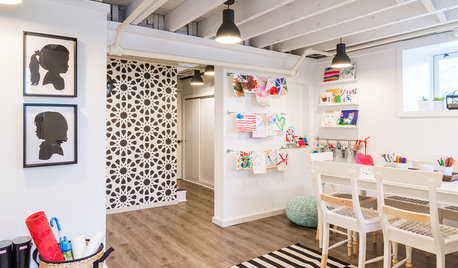
BASEMENTSBasement of the Week: A Creative Space for Kids and Storage for All
With mudroom organizers, laundry and a well-organized space for crafts, this basement puts a Massachusetts home in balance
Full Story
THE HARDWORKING HOMEWhere to Put the Laundry Room
The Hardworking Home: We weigh the pros and cons of washing your clothes in the basement, kitchen, bathroom and more
Full StoryMore Discussions






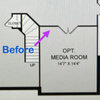

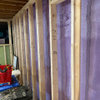
twatters